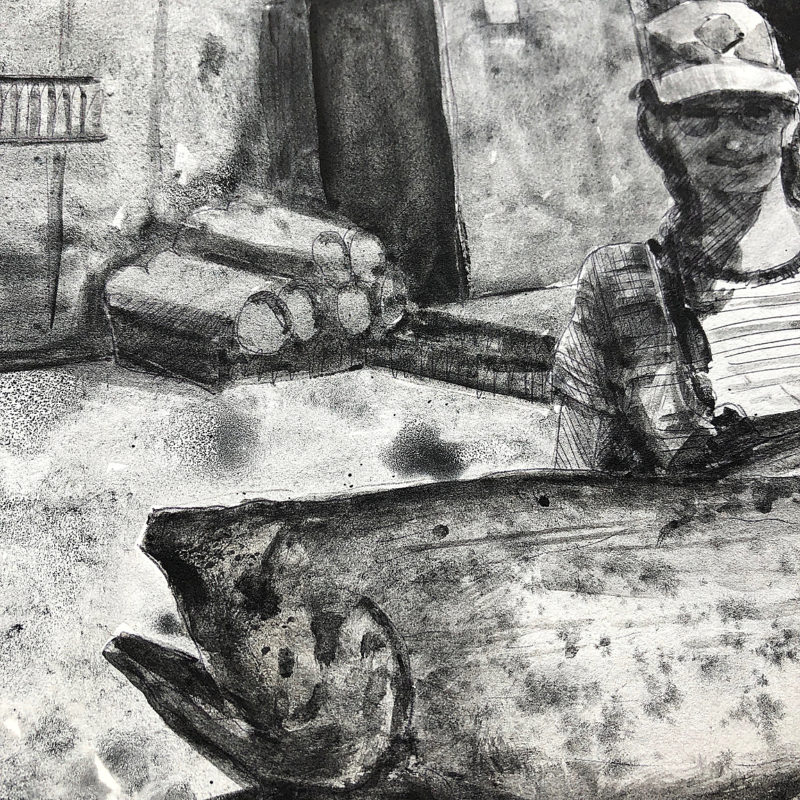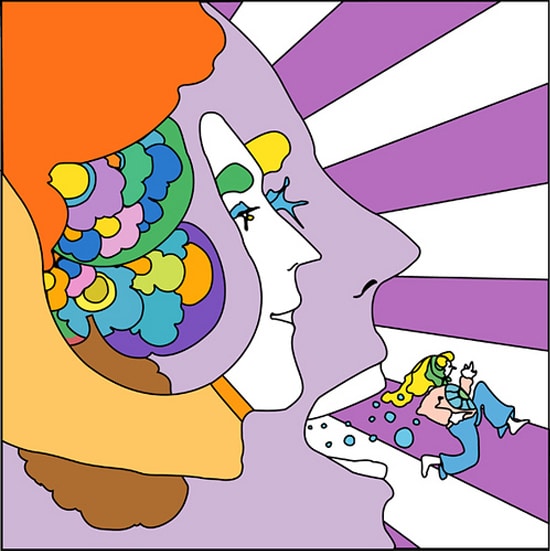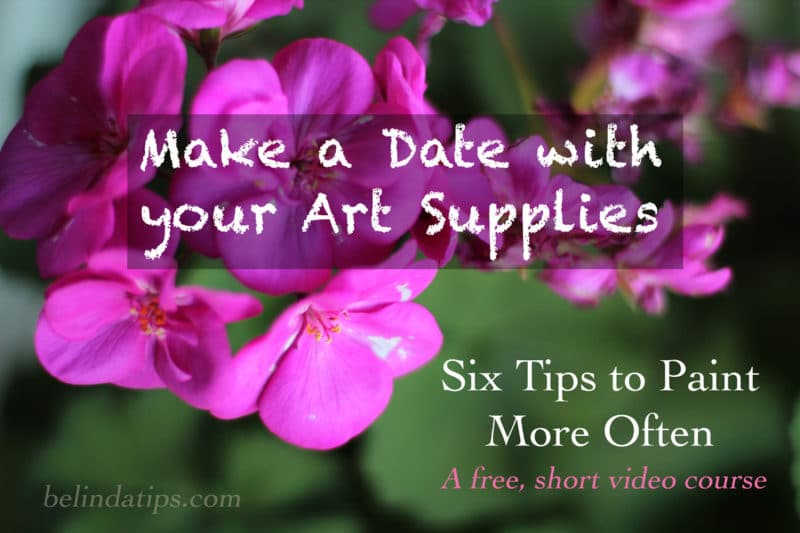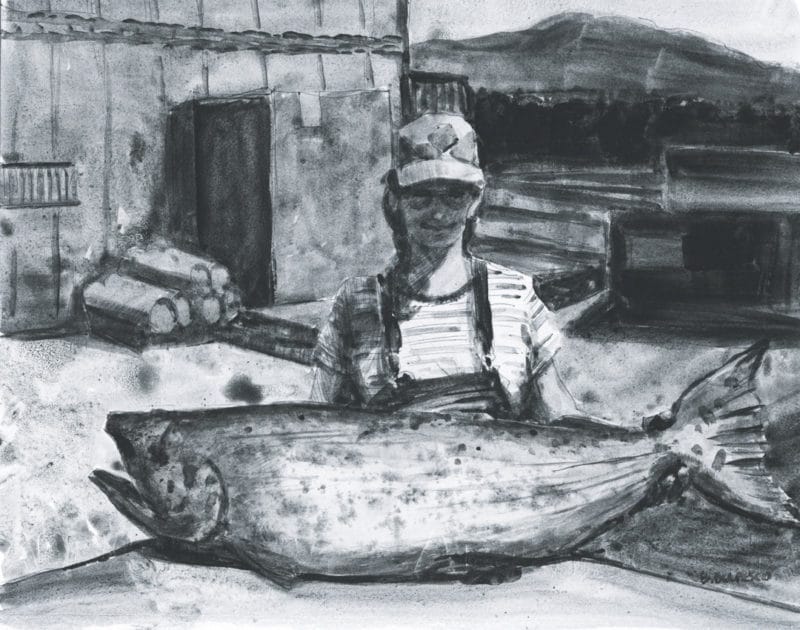Watercolor Painting Exercise
I’ve been following Marc Taro Holmes‘ 30×30 project (read his first post about it here). Have you? His close up shots of the watercolor pigment Lunar Black by Daniel Smith were so lovely, I scrambled to my box of watercolor tubes to see if I had a variety of black watercolors in my arsenal, and I did! You know how that goes, right?
My ToDo list got squeezed to make room for a 40 minute monochromatic watercolor sketch of my sister. The phrase ‘You have to strike while the iron is hot’ is truth. Especially if you’ve been in a creative slump.
If something moves you to create, leap on it. Even if it’s only 30 minutes, take it. You’ll feel so good to make something with your hands in the time it takes to watch one television cartoon.


Manipulation in the Artworld
When I was a teenager, I adored the artwork of Peter Max. His colorful, imaginative art was on album covers, t-shirts and posters just as I was developing my notice-meter, and paying close attention to what one could do with paint and paper.
His color choices and design aesthetics influenced my love for illustration. My friend Nancy sent me a New York Times article about his current situation, which is so sad. You can read it here.

Printmaking with Acrylics?
Experimenting with painterly printmaking methods like monotype is easier if you can use the art supplies you already have. Lots of artists would like to *try* printmaking, but considering an investment in inks for a test-and-see experiment can lock creative curiosity into the Some-Day Cupboard.
Acrylics can be used for monotypes, but a caveat is the quick drying time. In some monotype methods, you need time to finish moving and applying pigment on the plate before you print. Acrylics dry quickly, which prohibits their transfer to paper during the printing process. Here is a video (below) about methods for slowing acrylic paint drying time.
What Ancient Hands Created
If you’re interested in Egyptian Art and History, and the treasures excavated from King Tut’s tomb by British Egyptologist Howard Carter in the early 1920’s, this article is worth a read. The original 1922 photographs have been colorized, and their documentation of the excavation site, the antichambers, and the original state of what they found is fascinating.
Thanks to the University of Oxford’s Griffith Institute, it’s not only possible to read Carter’s journals and view Burton’s photographs, but also to explore maps, drawings, and detailed object cards created for the contents of the tomb.
Jessica Stewart

Which Black Watercolors?
I don’t follow the “never use black pigment’ directive often broadcast by many watercolorists. I’m not even much of a rebel – but I think rules in art should be reserved for things related to safety, and avoiding art-supply-mixes that don’t give favorable results, etc.
I like black watercolor as an option, to use straight up, or mixed with other colors. Do you? If deciding on a shade of black to add to your watercolor palette confounds you, this article about the different properties and nuances of black pigment options by Daniel Smith Watercolors might be helpful.
Which brand and color choices of black watercolors do you prefer?
Thanks for stopping by today, and I’ll see you in the next post –
Belinda
P.S. You’re welcome to subscribe to get each new post via email so you won’t miss a thing.

Art Quote
Your paints must be wet, not damp, but moist and tacky, like oil paint. You will also need a spray bottle to keep colors moist. Practice painting “color shape people” in your studio, using the figures in my paintings as a reference. I always paint my darks and shadow shapes first, leaving white for my lights or adding my light skin tones last, when my shadows are dry. Concentrate on shape, making each figure unique, and never plan for a second wash.
Charles Reid, Watercolor Secrets

